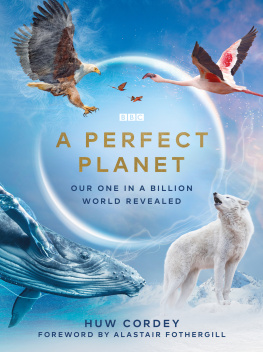Huw Cordey - A Perfect Planet
Here you can read online Huw Cordey - A Perfect Planet full text of the book (entire story) in english for free. Download pdf and epub, get meaning, cover and reviews about this ebook. year: 2020, publisher: Ebury Publishing, genre: Children. Description of the work, (preface) as well as reviews are available. Best literature library LitArk.com created for fans of good reading and offers a wide selection of genres:
Romance novel
Science fiction
Adventure
Detective
Science
History
Home and family
Prose
Art
Politics
Computer
Non-fiction
Religion
Business
Children
Humor
Choose a favorite category and find really read worthwhile books. Enjoy immersion in the world of imagination, feel the emotions of the characters or learn something new for yourself, make an fascinating discovery.
- Book:A Perfect Planet
- Author:
- Publisher:Ebury Publishing
- Genre:
- Year:2020
- Rating:5 / 5
- Favourites:Add to favourites
- Your mark:
- 100
- 1
- 2
- 3
- 4
- 5
A Perfect Planet: summary, description and annotation
We offer to read an annotation, description, summary or preface (depends on what the author of the book "A Perfect Planet" wrote himself). If you haven't found the necessary information about the book — write in the comments, we will try to find it.
A Perfect Planet — read online for free the complete book (whole text) full work
Below is the text of the book, divided by pages. System saving the place of the last page read, allows you to conveniently read the book "A Perfect Planet" online for free, without having to search again every time where you left off. Put a bookmark, and you can go to the page where you finished reading at any time.
Font size:
Interval:
Bookmark:
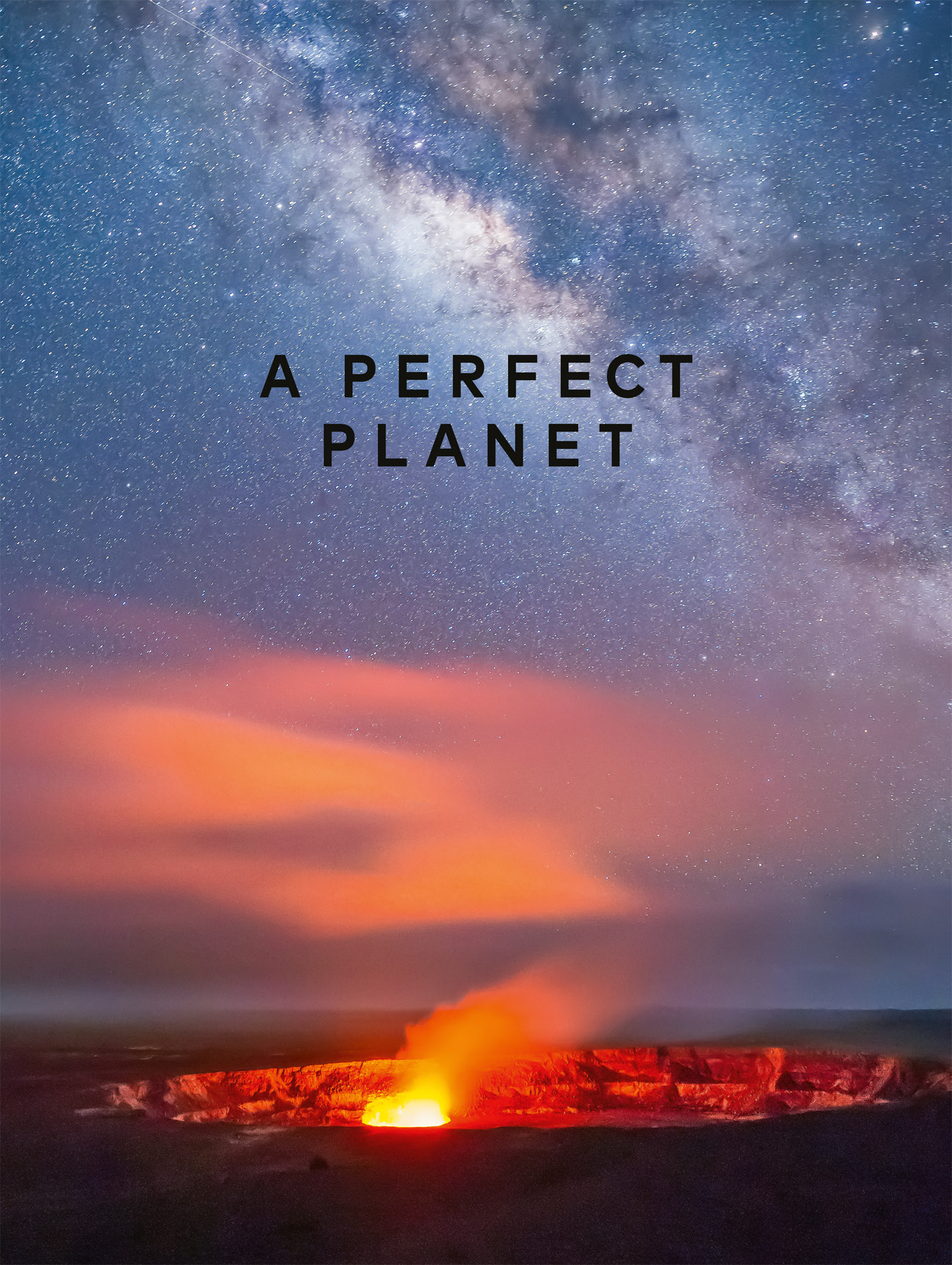

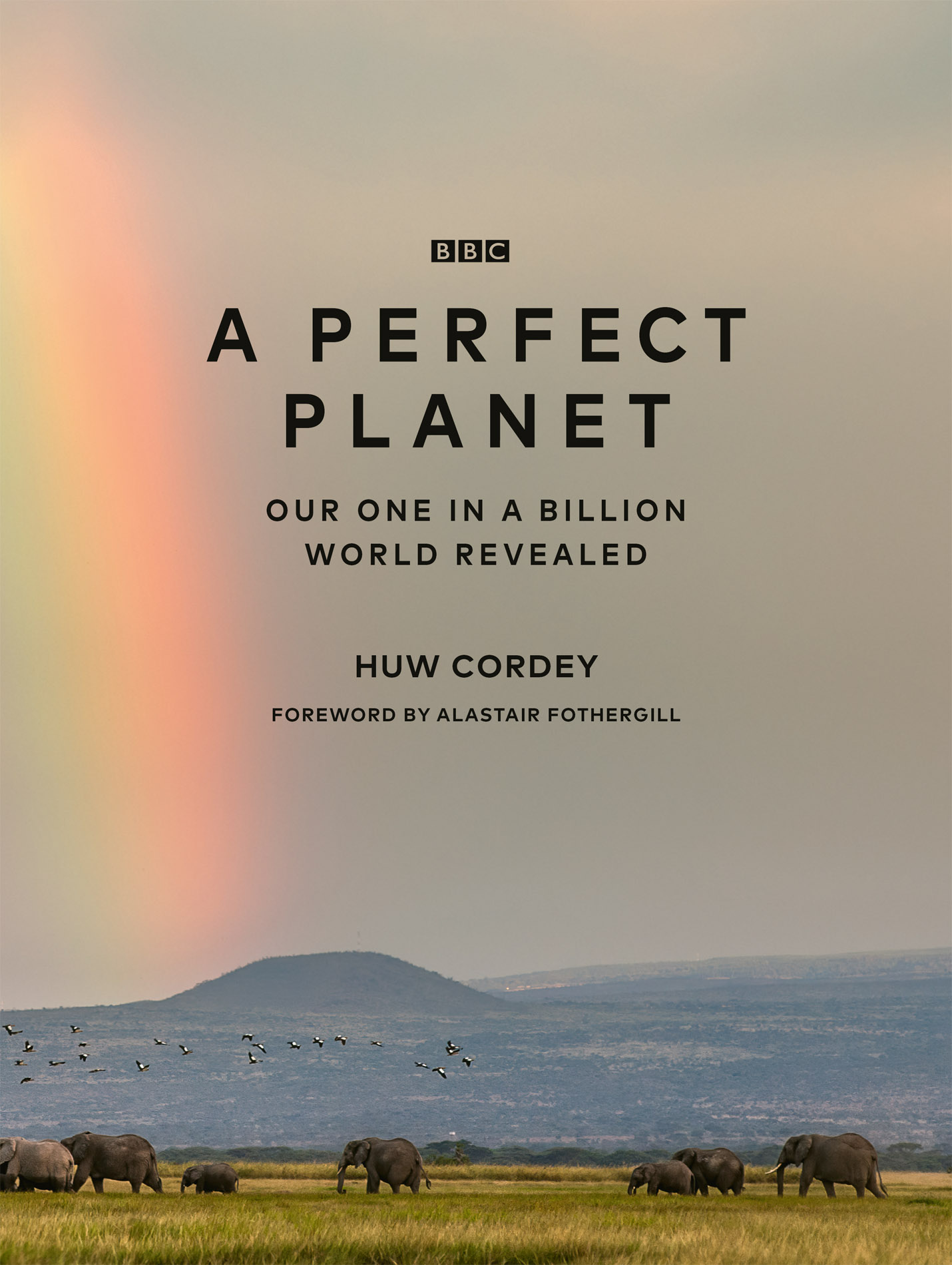
I feel very fortunate to have crept within just a few metres of an active volcano. The volcano I visited was not on land but deep beneath the ocean waves. Inside a tiny but extremely strong submersible, we journeyed two miles down to the seafloor to reach the Mid-Atlantic Ridge. It is here, in the midst of the Atlantic Ocean, that two massive continental plates are slowly pulling apart. With every ten metres you descend into the depths, the pressure on the submarine doubles. It had three tiny portholes with extremely thick glass to withstand these enormous pressures.
When, after a two-hour descent, we finally reached the bottom, the pilot turned on the powerful headlights he had been saving to preserve battery life. We started to search the seafloor and, for a good while, we saw nothing but a barren, almost lunar landscape. Then, out of the gloom, emerged tall chimneys, over 20 metres tall, belching out dense clouds of black smoke. This gas was created by volcanic activity just below the surface, and it was extremely hot. We had to be careful not to manoeuvre the submersible too close as the water was heated to up to 463C. The industrial landscape of smoking chimneys was impressive enough, but the real surprise was the extraordinary variety of life that gathered on the steep walls of the chimneys. The black gas that emerges from deep beneath the Earths crust is rich in hydrogen sulphide. A complete ecosystem has evolved around bacteria that can fix the energy in that hydrogen sulphide. All these animals are found nowhere else on Earth, and they exist without any energy from the sun. Some scientists speculate that life may have first evolved at these hydrothermal vents in the depths of the ocean. What we know for certain is that, without volcanoes, the Earth would be a very different place today.
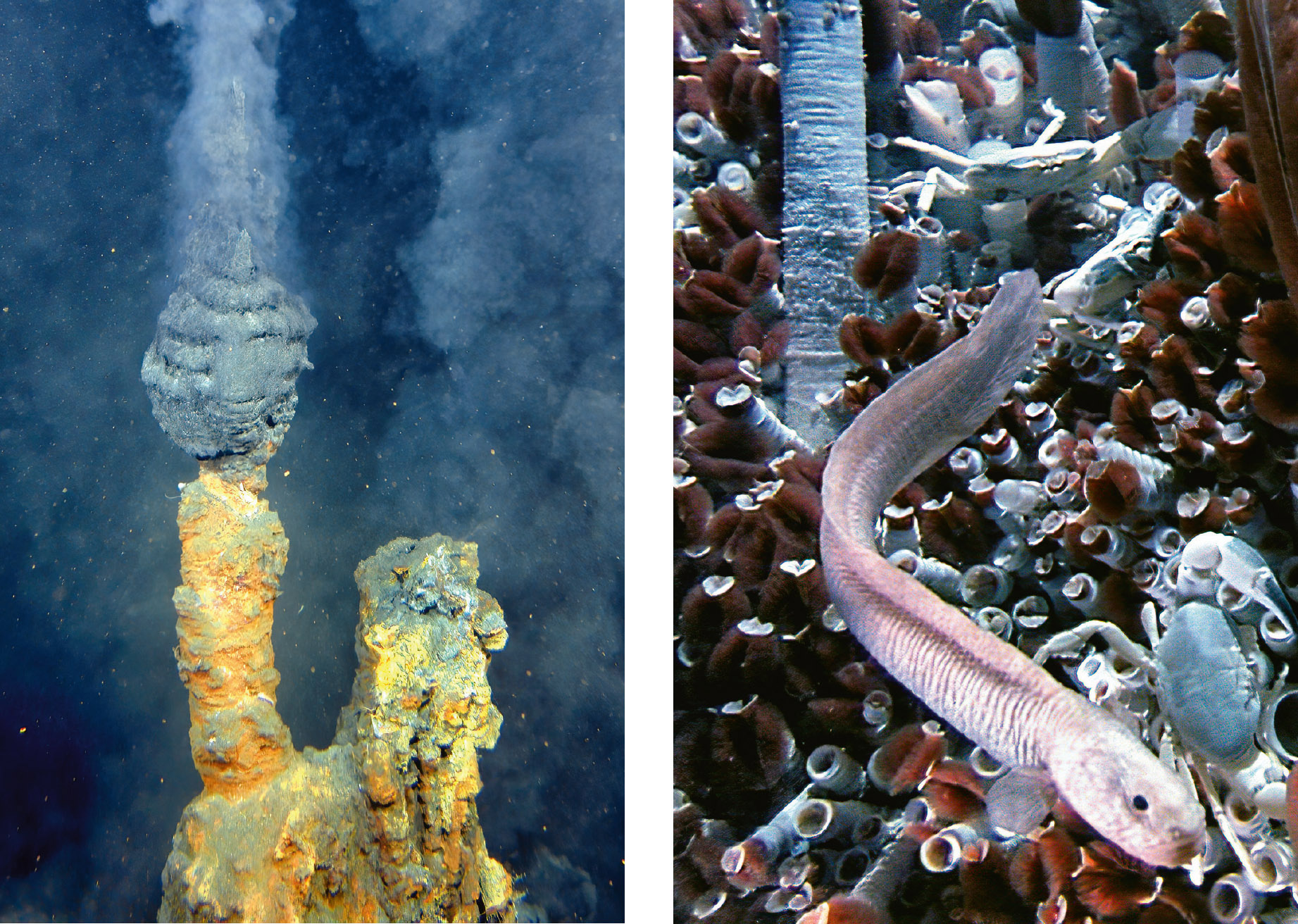 Left In the South Pacific, black smokers spew out dissolved sulphides in super-heated water. The sulphides turn black on contact with cold seawater, forming the smoke.
Left In the South Pacific, black smokers spew out dissolved sulphides in super-heated water. The sulphides turn black on contact with cold seawater, forming the smoke.Right A pink vent fish, a species of deep-sea eelpout, swims amongst giant tubeworms and crabs at a hydrothermal vent field on the East Pacific Rise.
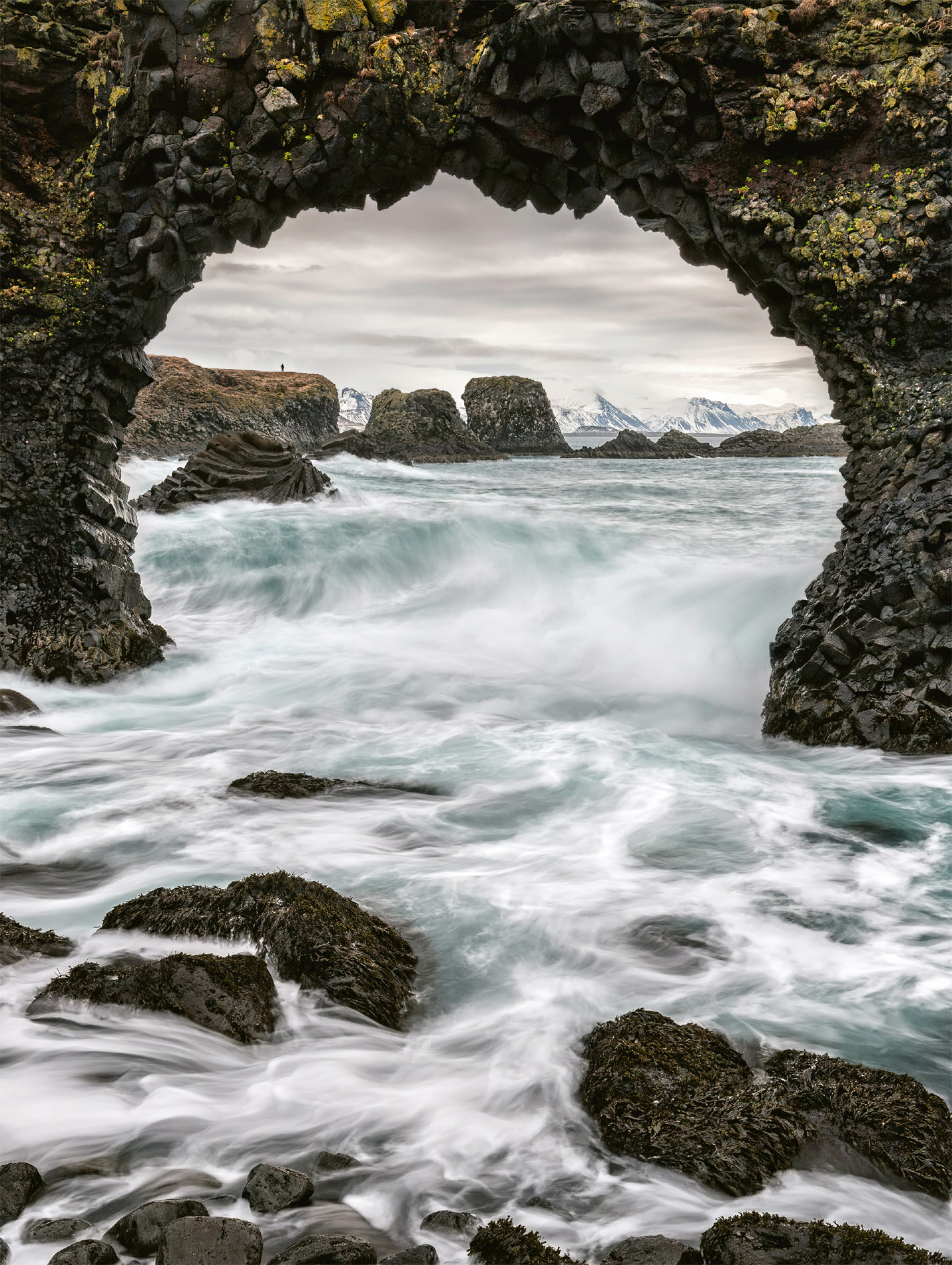 The sea arch Gatklettur, on the Snfellsnes Peninsula of Icelands west coast, sits on the North American tectonic plate, heading in a westerly direction.
The sea arch Gatklettur, on the Snfellsnes Peninsula of Icelands west coast, sits on the North American tectonic plate, heading in a westerly direction. 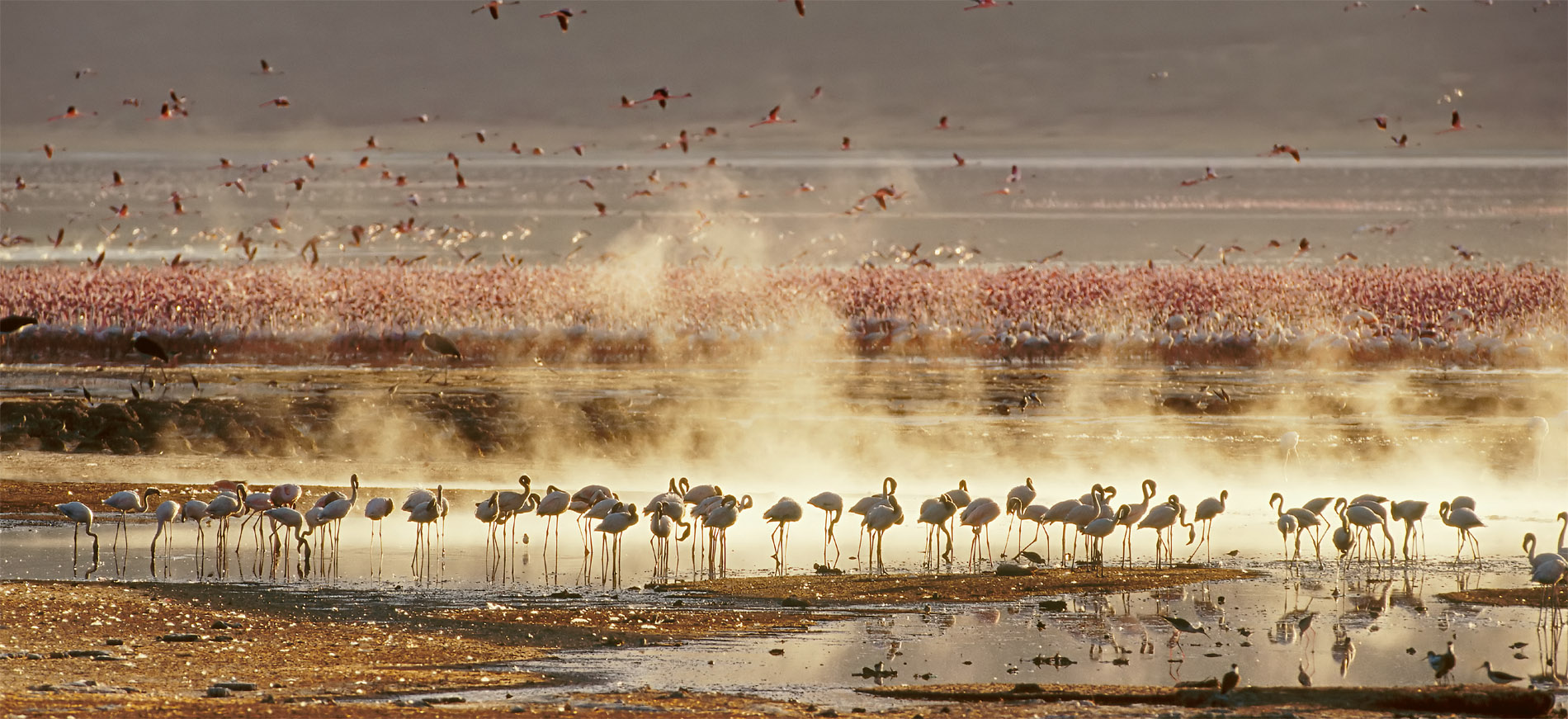 At dawn, flocks of lesser flamingos feed and preen at Kenyas Lake Bogoria in the East African Rift Valley.
At dawn, flocks of lesser flamingos feed and preen at Kenyas Lake Bogoria in the East African Rift Valley. The forces of nature that dominate our planet have long suffered from a pretty bad reputation. Ever since the eruption of Mount Vesuvius buried the town of Pompeii, we have lived in fear of the destructive force of volcanoes. Numerous Hollywood movies have dramatised the tornadoes that rip across the Midwest of the United States. Sailors have long learned to respect the power of the oceans. These fears, though, do not reflect the true story. The forces of nature, when working in balance, have in fact created a perfect planet for life. This book and the television series it accompanies aim to put the record straight. For the first time, here is the full story of how the forces of nature have shaped our home.
Our planet is often called the Goldilocks planet. In the astronomical game of chance we have been extremely lucky. Earth is the perfect distance from the sun not too cold and not too warm. But the really lucky break was when a massive asteroid hit our young planet and ripped off material to form our moon. This collision also knocked our planet so that it now lies at an angle of 23.5 with respect to the sun. As Earth makes its annual journey around the sun, it is this angle that creates the seasons, which have been critical to the variety of life we enjoy today. Without it, our Earth would just be two massive ice caps at each pole, two thin stripes of green and a giant desert all around the equator. We are also lucky that our moon is close enough that its gravitational force has locked our planet at the fixed 23.5 angle for millennia.
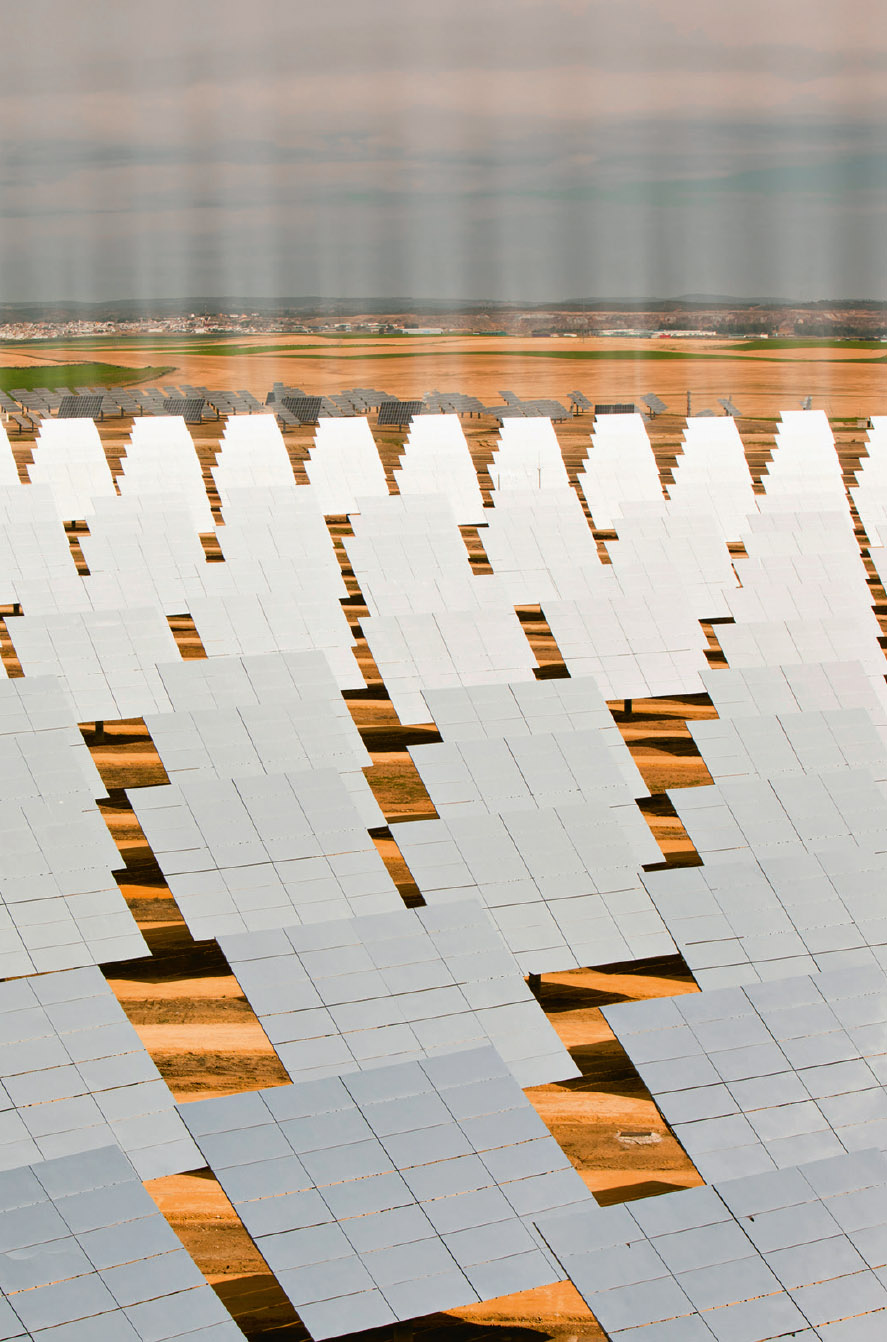 An array of reflective mirrors focuses sunlight onto a solar tower at the Sanlcar la Mayor thermal energy plant, near Seville in Andalusia, Spain.
An array of reflective mirrors focuses sunlight onto a solar tower at the Sanlcar la Mayor thermal energy plant, near Seville in Andalusia, Spain. 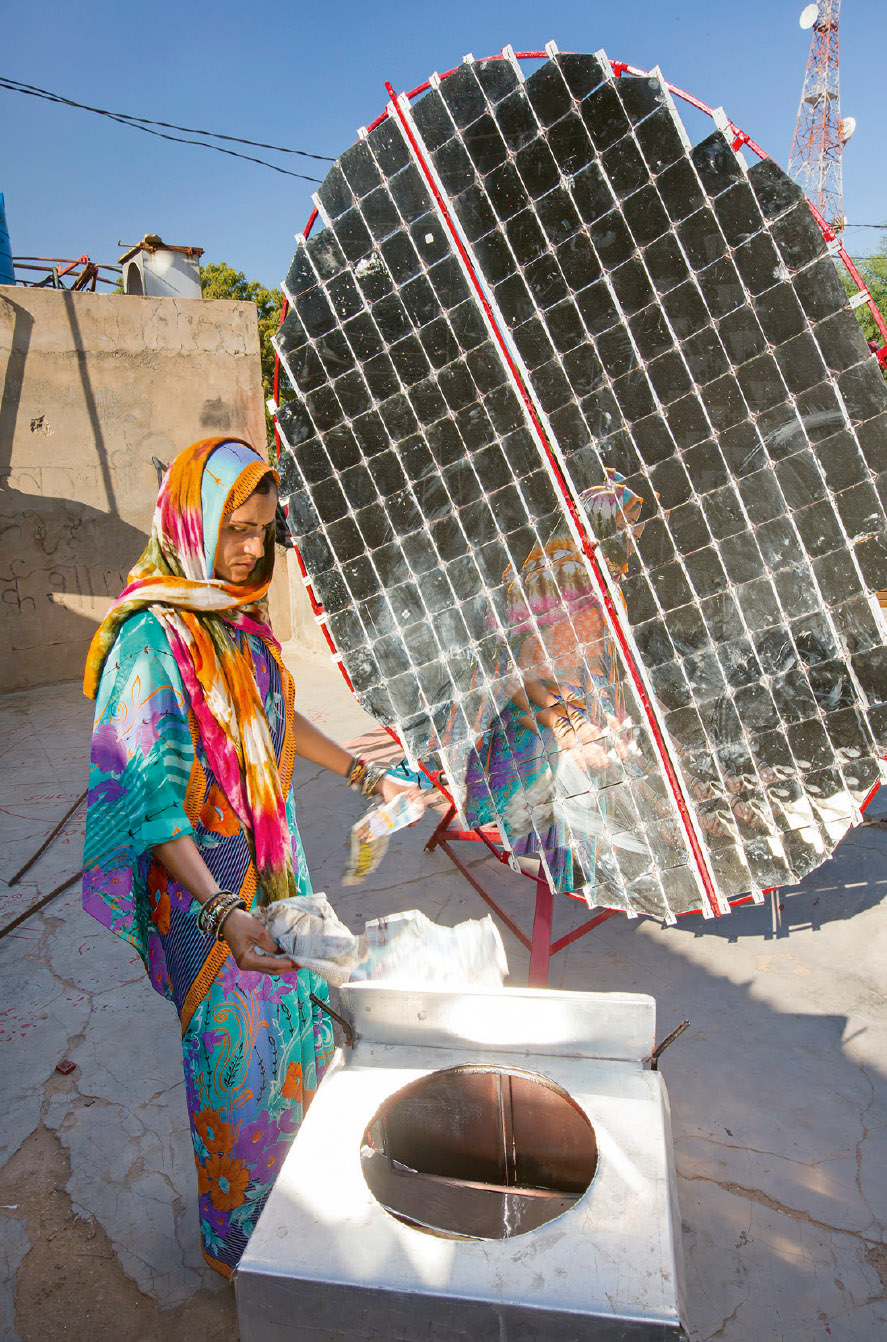 Solar cookers are constructed at the Barefoot College in Tilonia, Rajasthan, India.
Solar cookers are constructed at the Barefoot College in Tilonia, Rajasthan, India. The moons gravitational force is also responsible for the daily cycle of tides. Near the coast, the ebb and flow of the tide plays a critical role in refreshing the ecosystem. Combined with the mixing power of waves, the tides deliver nutrients to plants and animals that live in our shallow seas. Further out to sea, in deeper water, currents play a similar role in distributing nutrients. They have also been critical in maintaining a stable climate by distributing hot and cold waters around the planet. Meanwhile, the winds, formed far out to sea, distribute freshwater all around the planet.
Even volcanoes, traditionally seen as the most destructive natural force, have been critical to life on Earth. All the planets water vapour was originally released by millions of years of volcanic eruptions. Volcanoes were also the original source of all the carbon on our planet and without them there would be no CO2, no plants, no life. Volcanic activity has also been the architect that has shaped our planet. The summits of volcanoes emerging out of the ocean, like the Galpagos Islands, are critical oases for life. East Africas Rift Valley, the cradle for humanity, was created by two continental shelves that are still pulling slowly apart. Far from being a hostile planet, Earth is a unique and perfect home for the animals and plants that have evolved to live here. For the last 10,000 years, the forces of nature have delivered a stable environment and predictable weather systems. It is this predictability that allowed us to develop agriculture and, ultimately, civilisation.
But, in just the last 50 years, humanity has become the most powerful force of nature. Our ever-increasing influence is threatening the perfect planet, and the evidence is everywhere. In 2019, Europe experienced its hottest June on record. Extreme temperatures in Australia caused the worst ever fires, ravaging 15 million acres, while in the Arctic the extent of the summer ice cap continued to reduce. If we are to find solutions to all these threats, we will need to look to the forces of nature. Every second the sun produces a million times the annual power needs of the United States. We have the technology we need already. With the right political will, we can still preserve a perfect planet for future generations.
Next pageFont size:
Interval:
Bookmark:
Similar books «A Perfect Planet»
Look at similar books to A Perfect Planet. We have selected literature similar in name and meaning in the hope of providing readers with more options to find new, interesting, not yet read works.
Discussion, reviews of the book A Perfect Planet and just readers' own opinions. Leave your comments, write what you think about the work, its meaning or the main characters. Specify what exactly you liked and what you didn't like, and why you think so.

